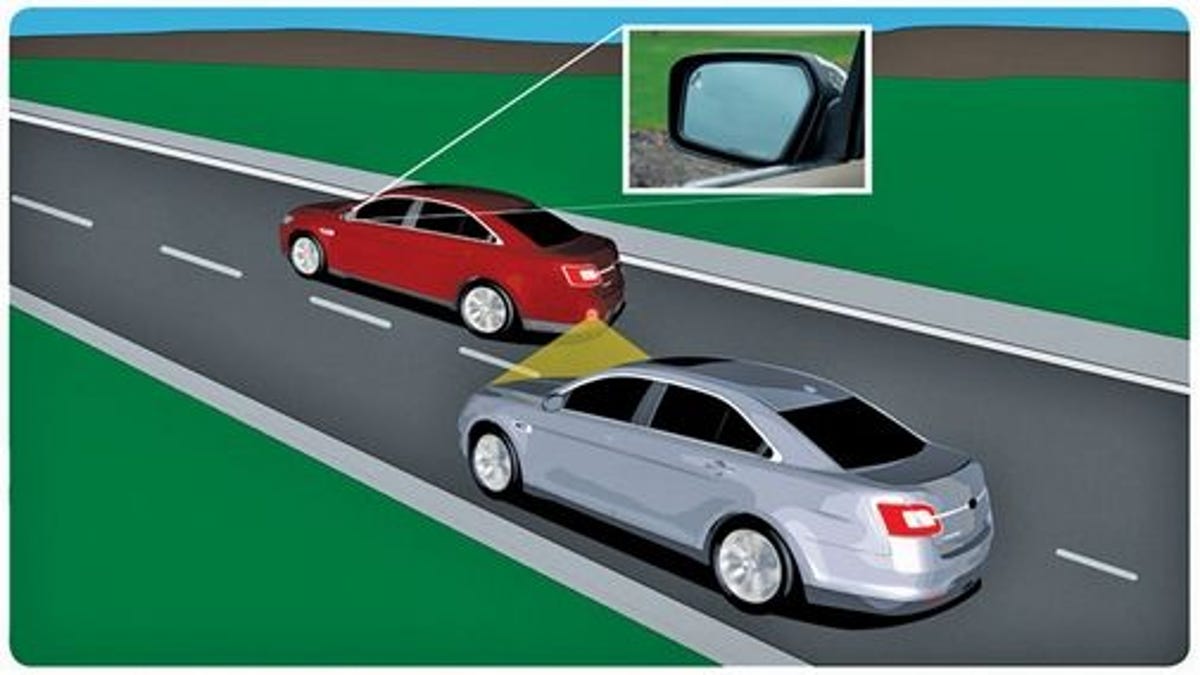As radar safety features spread, when will drivers say 'enough'?
Automotive News reports on the emergence of radar-based technologies in cars.

Radar-based safety technologies such as advance collision warning and blind-spot detection are becoming increasingly common vehicle options. But suppliers and automakers are still evaluating consumer demand and seeking the best way to deliver those technologies to the driver.
"As we put more of these features into vehicles, there's always a risk of information overload or causing a distraction," says John Capp, director of global active safety at General Motors Co.
About 5 percent of the vehicles sold in North America now include electronic sensor safety features. The market for the technology is expected to grow rapidly because, effective with the 2011 model year, the National Highway Traffic Safety Administration has made collision warning and lane-departure alert part of the New Car Assessment Program requirements for a five-star safety rating.
GM offers a radar-based blind-zone alert on all full-sized SUVs as well as the Cadillac STS and DTS and Buick LaCrosse and Lucerne sedans. When a passing vehicle enters a car's blind zone, the driver is alerted with an amber icon in the sideview mirror.
Capp says the decision to use a sideview icon was made after studies found that it not only alerted drivers effectively but also prompted people to use the sideview mirror before changing lanes
No to 'bells and whistles'
Each automaker determines how to warn a driver when a radar-based system detects danger, says Mark Brainard, vice president of product development at Hella Electronics Corp., a supplier of radar technology. "There are lots of different ways to alert drivers," he says.
Options include lights, messages, audible tones or a vibrating steering wheel or seat.
"What really does not seem to have good acceptance with American drivers are bells and whistles," Brainard says.
Driver acceptance of radar safety systems also varies by market. "In Europe, lane-change assist is a popular feature; here, less so," says Brainard. "In the United States, blind-spot detection and cross-traffic alert are very popular, but less valued in Europe."
By year end, Ford Motor Co. will offer a blind-spot information system with rear cross-traffic alert -- which helps drivers when backing out of a parking spot -- on 10 Ford models. Ford introduced adaptive cruise control and collision warning with brake support on the 2010 Ford Taurus sedan and 2011 Ford Edge crossover and Lincoln MKS sedan.
The Taurus is the first mainstream sedan in North America to be equipped with an active safety collision warning system. Radar mounted in the front bumper tracks vehicles up to 150 yards away and can detect speed changes of as little as 0.25 mph.
The system gives the driver an audible alert when it senses a reduction in traffic speed in vehicles ahead. When danger of a collision is detected, red LEDs flash in a head-up display on the windshield. If the driver's response is delayed, the system is programmed to pre-charge the brakes. Automatic braking is initiated when an accident appears unavoidable, but only after the driver removes his foot from the accelerator
'Doing maybe too much'
Wes Sherwood, a Ford spokesman on safety issues, says Ford is monitoring customer feedback on all of its electronic safety technology. "It's a fine line between helping to reduce accidents and doing maybe too much," Sherwood says. "There's a feeling out there that, hey, I want safety, but I don't want my car taking over for me."
To accommodate these concerns, most automakers are installing switches that allow drivers to deactivate the electronic warning devices.
Mike Theony, global engineering director for electronic controls at Delphi Automotive, says a modified version of Delphi's scanning radar technology, combining radar and a camera, can be used to support lane departure warning and pedestrian detection.
Delphi's radar technology currently is used in Ford's brake-supported collision warning.
Theony says growth of radar safety features into nonluxury vehicles will help drive down costs and accelerate market growth.
Says Theony: "We are already seeing this trend in the types of quotes requested and the level of business we are going to have in 2013 and 2014."
(Source: Automotive News)